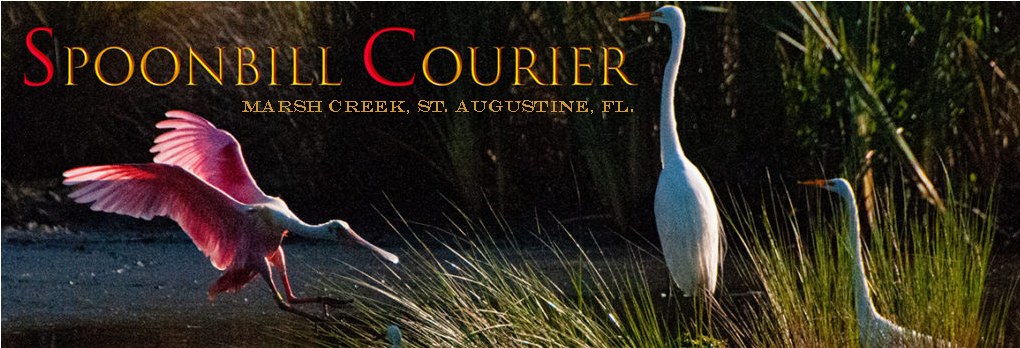By Brian Nelson
The Train

The second leg of Tracing the Vikings, still part of our “Oslo Extension”, took us by train out of the capital through Norway’s picturesque forested interior, winding up in the surprisingly lovely city of Bergen where our ship awaited, for more or less the official launch of our Viking Homelands Cruise.
The seven hour ride was pleasant and comfortable, with a front-row seat to some of Norway’s scenic villages, fjords, and rivers.

If you’ve never seen a glacier’s receding edge, you will on this trip. But you may not see it well, because our train, at least, was unfortunately not the sleek, ultra-modern high-speed Euro train you’ve read about.
Its cars were somewhat older “milk-run” versions familiar to us in North America, repurposed for the influx of tourists to Norway each summer.
So, “older train, older decomposing windows” in some seats. And their occupants, by dint of bad luck in seat choice, can suffer through a sometimes distorted view of the magnificent countryside. An inexcusable goof, remedied by having to wander the aisle in search of a clearer window for a photo.


Still, even seen through a glaze, the Norwegian scenery is beautiful. Our train hugged rivers both rushing and meandering, chugged through elevated settlements, and skirted hilltop ridges on its westward journey. Magnificent!



The scenery causes a passenger on a Sunday in August to suspect these small hamlets are enjoying their last-late summer respite before the “Iceman Cometh”.
Yet everything Norwegians love about winter, especially skiing, never really left. Those seasonal totems, like the empty ski-lifts, are simply quietly on standby, in the wings so to speak, until they return to center stage as the stars of nature’s main act in these parts. And Norwegians are ready for it.

Bergen
Bergen! It is mid-afternoon, and we are here, inside its Tyrolean-styled train station.
And in very short order, a quick bus ride has us cruising down around Bergen harbor, where … voila … our ship, the Viking Sky, stands ready. An impressive sight. And our home for the next 15 days.

Stepping on board gave us two immediate and lasting memories: the first, the customary welcome glass of champagne, followed by the second, a glimpse of the dietary challenges to come: a display cooler by the first bar to our right with a sumptuous assortment of gourmet pastries.
We ignored the temptation and proceeded to the early dinner wisely booked ahead in anticipation of lingering jet lag. Thankfully, none of the feared “hand-to-hand combat” in the buffet line. We enjoyed a quietly elegant 5-course Norwegian dinner in Erling’s Scandinavian Bistro, one of the ship’s specialty restaurants. The menu included reindeer consommé, poached salmon, and Lamb Far-I-Kal (below). We were not disappointed.


The next morning, at the start of a gorgeous Norwegian summer day, we got to tour this beautiful city. “City” may be a slight misnomer because Bergen actually feels more like a small comfortable town.




As Norway’s second-largest city, Bergen has a little more than 400-thousand inhabitants spread out across the peninsula of Bergenshalvøyen. The city center and northern neighborhoods are on Byfjorden, or ‘the city fjord’. The main part of town and its port are nestled in a basin surrounded by seven mountains, with many of its suburbs on nearby islands.

Bergen’s emblem, is Bryggen, the historic collection of colorful wooden houses on the old wharf, which was once a center of the Hanseatic League’s trading empire. Today, it is one of the best known urban areas from the Middle Ages in all of Norway. Bryggen had its own place on UNESCO’s World Heritage List, and the city of Bergen is a designated World Heritage City.

The tiny, cramped medieval alleyways (see below) and wooden buildings were once the dangerous fire hazard they appear to be today. Bryggen has had to rebuild after a succession of infernos, the great fire of 1702 in particular, which scorched the entire city. Rebuilt on the foundations originally laid in the 12th century, Bryggen retains its appearance and character despite the passing of time.
A stroll through the narrow passageways and down the back side streets uncovers a treasure of shops showcasing Norwegian history through offerings of a vast assortment of traditional winter wear, complimented by a few small bars and restaurants hiding in its nooks and crannies.












Across the street from the Bryggen on the harbor, there is the fish market. It is a ginormous buffet of all the fresh Norwegian seafood imaginable. If you love fresh Norwegian salmon or King Crab, it is paradise.





It’s a place where you can dine in, weather permitting, or pick something up for dinner at home. And that includes whale burgers, which we failed to try. And for carnivores, there is some tempting reindeer sausage with berries and pepper and the hint of pork.

Of course, it’s possible these culinary options are a bit(e) too much, and you’re already hankering for home (shame on you!). Then cross the street again and you can take your pick between Jack’s Country Saloon, or a tastefully housed McDonald’s. “America, don’t leave home without it”.
By the way, tour books cite Bergen as one of the wettest cities in Europe and a costly one to dine out in. But expensive dining is a hallmark all over Scandinavia, so in the single restaurant experience we had, it felt nothing out of the ordinary. And as for the weather, our two days here provided nothing but beautiful sunshine. And beautiful memories.
We would love to return.









Travel!
So elusive, so out of reach these days!
So much fun to read about the good old days of pre-March 2020!
well done sir
Thank you Mo. Writing it is therapeutic, a reminder of what we have lost and one day hope to regain.